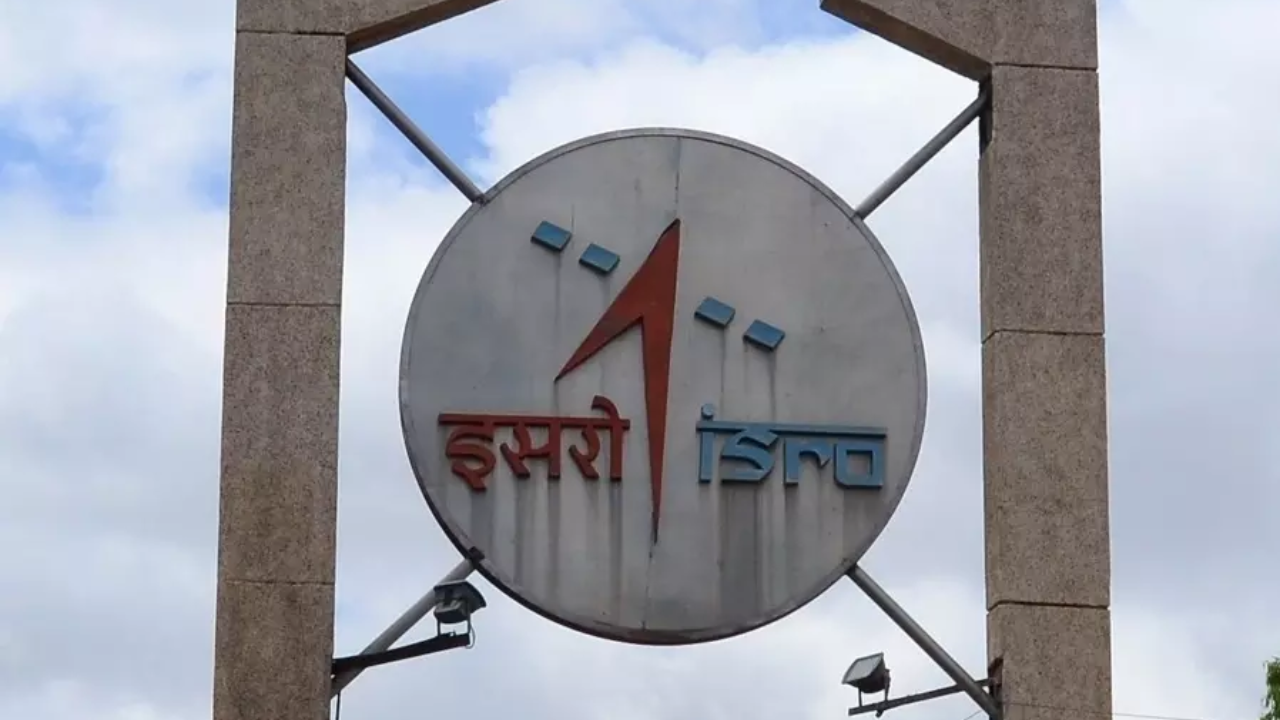
[ad_1]
When we look back, we’ll realise that 2023 was a significant year for India in space exploration. From the triumph of Chandrayaan-3 to launching Aditya L1 sun mission, the Indian Space Research Organisation (ISRO) achieved multiple feats this year. The space agency is now focusing on its next missions, including the launch of Chandrayaan-4 and testing the technologies that will be used in it.One of the experiments related to the next moon mission is SPADEX and here’s all things to know about it.
SPADEX-Chandrayaan 4 mission
Chandrayaan-4 mission aims to return lunar rock samples to Earth and is scheduled for launch in the latter part of this decade. For this mission, the spacecraft will be required to undertake an in-orbit docking, which will be a critical step in securely retrieving the samples.
To make this docking happen as planned, ISRO is working on SPADEX – a short form of space docking experiment. It is a twin spacecraft mission to test technologies related to orbital rendezvous, docking, formation flying. The mission, the launch date of which is yet to be finalised, is said to cost Rs 124.47 crore.
The mission comprises two satellites weighing 200 kg each: a Chaser and a Target. One satellite will attempt to dock into the other, marking significant advancements in human spaceflight, in-space satellite servicing, and other proximity operations.
It is scheduled for launch aboard the Polar Satellite Launch Vehicle (PSLV) from the Satish Dhawan Space Centre.
Apart from autonomous rendezvous and docking capabilities, the objective of the SPADEX mission is also to test controlling one spacecraft using the Attitude Control System of the other while in a docked configuration. It will also demonstrate formation flying techniques and conduct remote robotic arm operations.
The government approved the project in 2017, initially backing it by a funding of Rs 10 crore.
SPADEX-Chandrayaan 4 mission
Chandrayaan-4 mission aims to return lunar rock samples to Earth and is scheduled for launch in the latter part of this decade. For this mission, the spacecraft will be required to undertake an in-orbit docking, which will be a critical step in securely retrieving the samples.
To make this docking happen as planned, ISRO is working on SPADEX – a short form of space docking experiment. It is a twin spacecraft mission to test technologies related to orbital rendezvous, docking, formation flying. The mission, the launch date of which is yet to be finalised, is said to cost Rs 124.47 crore.
The mission comprises two satellites weighing 200 kg each: a Chaser and a Target. One satellite will attempt to dock into the other, marking significant advancements in human spaceflight, in-space satellite servicing, and other proximity operations.
It is scheduled for launch aboard the Polar Satellite Launch Vehicle (PSLV) from the Satish Dhawan Space Centre.
Apart from autonomous rendezvous and docking capabilities, the objective of the SPADEX mission is also to test controlling one spacecraft using the Attitude Control System of the other while in a docked configuration. It will also demonstrate formation flying techniques and conduct remote robotic arm operations.
The government approved the project in 2017, initially backing it by a funding of Rs 10 crore.
[ad_2]
Source link
